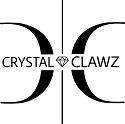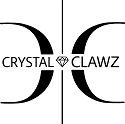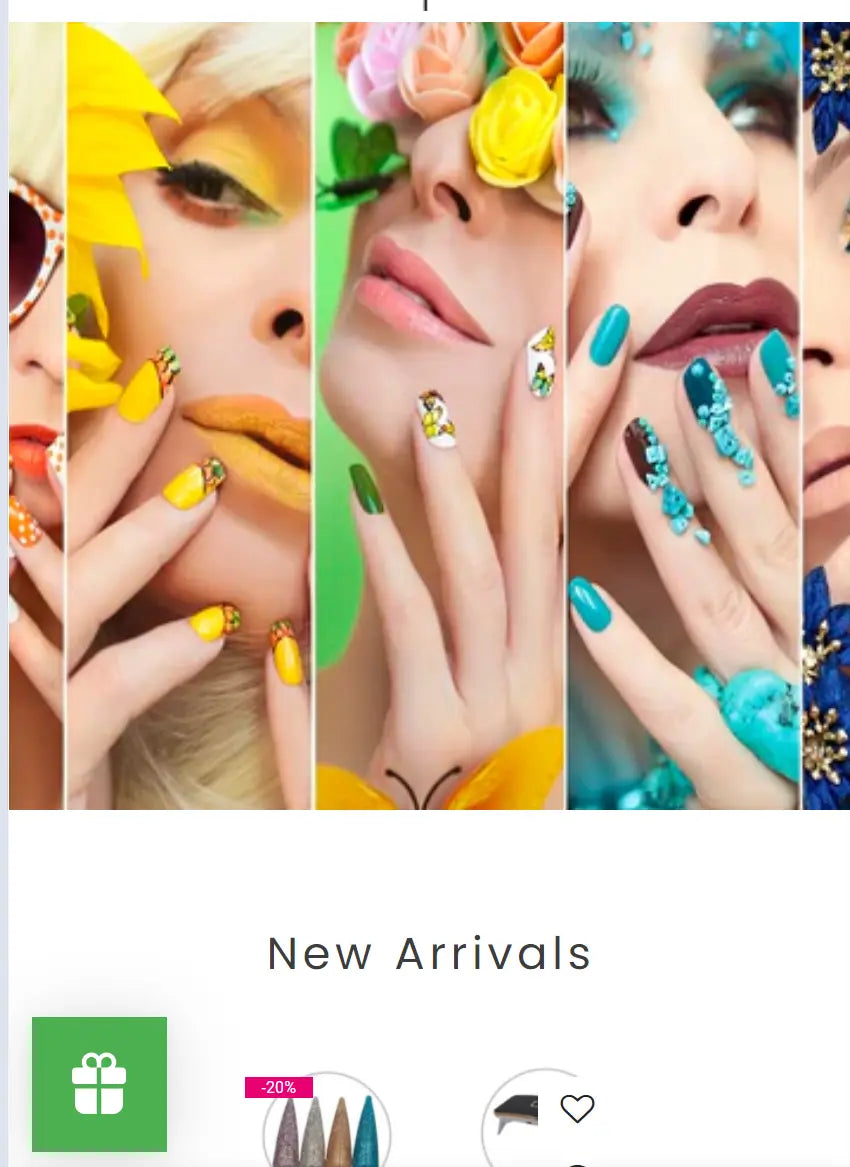Concerns surrounding DIY gel polish kits
 Gel polish seems like an easy to use, harmless product – surely, it’s just like painting on a nail polish, isn’t it? Well, this is the attitude that is causing problems amongst some non-professionals, as they attempt to replicate professional services at home. I’m all for DIY but when you are using chemicals on and around the skin, correct training and knowledge is absolutely paramount.
Gel polish seems like an easy to use, harmless product – surely, it’s just like painting on a nail polish, isn’t it? Well, this is the attitude that is causing problems amongst some non-professionals, as they attempt to replicate professional services at home. I’m all for DIY but when you are using chemicals on and around the skin, correct training and knowledge is absolutely paramount.
While painting a nail with a ‘semi-permanent nail polish’ may seem simple, do non-professionals really understand nail anatomy; product chemistry and application? What would they do if something went wrong?
If they aren’t fully knowledgeable about this, then they can’t safely and effectively carry out the treatment. If they don’t understand the chemistry or the anatomy of the natural nail – how can they prep or remove without damage? Would they truly recognise the issue with touching the skin, or just be concerned it was unsightly? Would they understand the curing times and ins and outs of UV or LED lamps? What would they do if they spilt the product and would they know how to safely dispose of it? At home kits don’t often have Safety Data Sheets (SDS); I contacted a well-known at home gel kit brand who alarmingly didn’t know what these or the information required on them was. If a trained professional who is familiar with product chemistry needs these, an untrained person is in even more need of this knowledge. It’s great to be able to provide yourself a home service at a lower cost when everything appears to be going right, but when problems appear, that’s when it damages the product reputation and the industry. It must be the product, not the untrained application or removal that’s to blame, right? Unfortunately, it is not just the general public that this is applicable to; some trained techs aren’t correctly educated either.
The British Association of Dermatologists has reported a rise in the number of presenting allergies as a result of home use gel polish and acrylic nail kits, with some brands being taken off the market by The EU Commission.
Many brands have strict criteria that can be seen as an inconvenience by some techs when you can only purchase their products by providing a valid industry certificate. This can only be a good thing for the industry, because it helps to try and keep professional products in the hands of those who are trained in how to use them safely and effectively. However, many are turning to online stores that are not official distributors to purchase what they think is a genuine product and cheaper alternative.
Professional, reputable brands will not list their products on these third-party sites and therefore you have no guarantee what you are purchasing. The price will also often reflect in the authenticity and quality of the product. Is the product cheaper than the trade price you are used to paying? Then it is very unlikely that someone can be selling it for less than its trade value. This illustrates the problem when buying products online from unknown brands, and when importing products because you don’t have the knowledge of the chemistry to make an informed choice, and by importing you become legally responsible for the safety of the product. This means if the overseas company has not registered the product with the European Cosmetic Products Notification Portal (CPNP), the product cannot be legally sold in Europe.
It’s great to be able to provide yourself a home service at a lower cost when everything appears to be going right, but when problems appear, that’s when it damages the product reputation and the industry. It must be the product, not the untrained application or removal that’s to blame, right? Unfortunately, it is not just the general public that this is applicable to; some trained techs aren’t correctly educated either.
The British Association of Dermatologists has reported a rise in the number of presenting allergies as a result of home use gel polish and acrylic nail kits, with some brands being taken off the market by The EU Commission.
Many brands have strict criteria that can be seen as an inconvenience by some techs when you can only purchase their products by providing a valid industry certificate. This can only be a good thing for the industry, because it helps to try and keep professional products in the hands of those who are trained in how to use them safely and effectively. However, many are turning to online stores that are not official distributors to purchase what they think is a genuine product and cheaper alternative.
Professional, reputable brands will not list their products on these third-party sites and therefore you have no guarantee what you are purchasing. The price will also often reflect in the authenticity and quality of the product. Is the product cheaper than the trade price you are used to paying? Then it is very unlikely that someone can be selling it for less than its trade value. This illustrates the problem when buying products online from unknown brands, and when importing products because you don’t have the knowledge of the chemistry to make an informed choice, and by importing you become legally responsible for the safety of the product. This means if the overseas company has not registered the product with the European Cosmetic Products Notification Portal (CPNP), the product cannot be legally sold in Europe.




